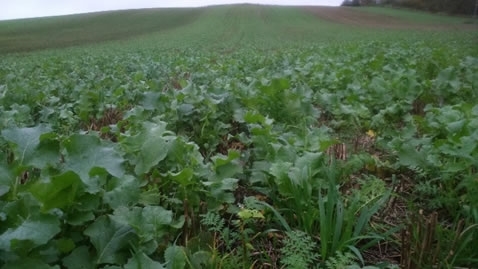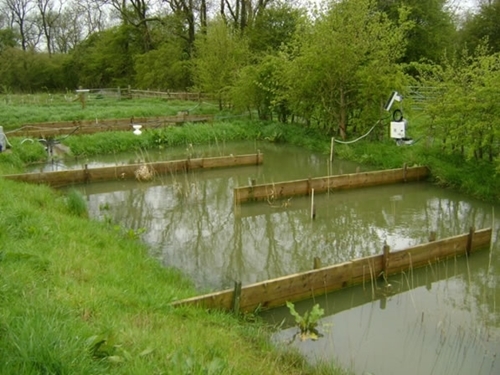A blog to mark World Water Day
The recent floods and wet weather have brought into focus the dilemmas surrounding the use of water in the United Kingdom. The rural stakeholders who can influence the management of water will have to sort out some mixed messages and find some common ground!
We will probably all agree that we are seeing more extremes in our weather, with rising temperatures and heavier, more concentrated rainfall. The conundrum is how to balance removing water from land that supports crops and livestock, without unacceptable erosion, whilst still trying to protect urban settlements from flooding and the ensuing damage. Those in the uplands of northern England have particularly suffered this winter, with lost animals and conspicuous landscape change as a result of the ferocious power of rivers in full flood.
The issue is that farmers want their land to drain so it doesn’t lie waterlogged for too long, and the Environment Agency wants to hold water back in the upper reaches of a catchment so it takes longer to reach urban areas.
The answers probably lie in balancing landscape change, which could include more on-farm reservoirs; more sensible urban development within flood plains; and a role for trees to stabilise vulnerable areas.

At the Allerton Project, we have looked at how we can increase the water-carrying capacity of the soil so that the arable land has more carrying capacity before it starts to drain or run-off into water courses. Below are some steps we have identified to achieve these aims:

Whilst most commentators are currently talking about too much water, we should remember that prolonged periods of dry weather are also causing issues, and many of the above measures can help produce a more resilient soil in times of drought as well.
We will probably all agree that we are seeing more extremes in our weather, with rising temperatures and heavier, more concentrated rainfall. The conundrum is how to balance removing water from land that supports crops and livestock, without unacceptable erosion, whilst still trying to protect urban settlements from flooding and the ensuing damage. Those in the uplands of northern England have particularly suffered this winter, with lost animals and conspicuous landscape change as a result of the ferocious power of rivers in full flood.
The issue is that farmers want their land to drain so it doesn’t lie waterlogged for too long, and the Environment Agency wants to hold water back in the upper reaches of a catchment so it takes longer to reach urban areas.
The answers probably lie in balancing landscape change, which could include more on-farm reservoirs; more sensible urban development within flood plains; and a role for trees to stabilise vulnerable areas.

At the Allerton Project, we have looked at how we can increase the water-carrying capacity of the soil so that the arable land has more carrying capacity before it starts to drain or run-off into water courses. Below are some steps we have identified to achieve these aims:
- Crop choice and rotation appropriate to soil type.
- Striving for a well-structured soil that allows water to permeate in over a longer period rather than running off the surface. Less farmland traffic for less soil compaction.
- Increasing organic matter to allow more water-holding capacity. The use of cover crops aids this process and reduces erosion.
- Keeping a ‘soil armour’ of growing crop and crop residue for as long as possible.
- Tramline reorientation across slopes where possible.
- Appropriate livestock management in times of wet weather, fencing water courses to avoid bankside damage.
- Silt traps should be the last port of call rather than the first measure implemented.

Whilst most commentators are currently talking about too much water, we should remember that prolonged periods of dry weather are also causing issues, and many of the above measures can help produce a more resilient soil in times of drought as well.